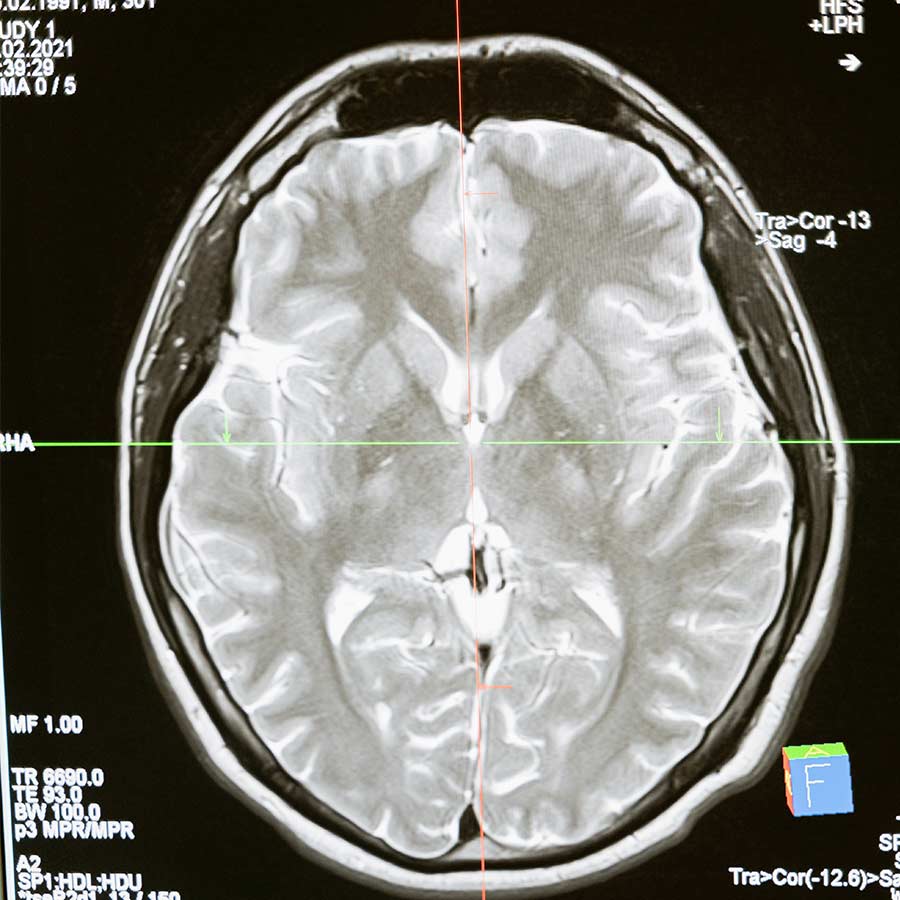Our eyes are incredibly delicate organs, and even minor injuries can have long-term consequences. One serious concern is whether an eye injury could lead to glaucoma—a group of eye conditions that damage the optic nerve—and eventually, blindness. In this article, we explore the link between eye trauma and glaucoma, how injuries can trigger this condition, and steps to protect your vision.
What Is Glaucoma?
Glaucoma is a leading cause of irreversible blindness worldwide. It occurs when increased intraocular pressure (IOP) damages the optic nerve, which transmits visual information from the eye to the brain. There are two primary types:
- Open-Angle Glaucoma: The most common form, developing slowly with few early symptoms.
- Angle-Closure Glaucoma: A sudden, painful rise in eye pressure requiring immediate treatment.
Symptoms often go unnoticed until significant vision loss occurs, making regular eye exams critical.
Understanding Eye Trauma
Eye trauma refers to physical injury caused by blunt force, penetration, or chemical exposure. Common causes include:
- Sports injuries (e.g., baseballs, elbows)
- Car accidents
- Workplace hazards (e.g., flying debris)
- Falls or assaults
Symptoms of eye trauma may include pain, redness, blurred vision, or bleeding. Even seemingly minor injuries can lead to complications like glaucoma.
How Can an Eye Injury Cause Glaucoma?
Trauma can disrupt the eye’s drainage system, increasing intraocular pressure over time. Here’s how:
1. Direct Damage to the Drainage Angle
Blunt force can deform structures that regulate fluid drainage, causing chronic pressure buildup.
2. Inflammation and Scarring
After an injury, inflammation may block fluid outflow, while scar tissue can permanently impair drainage.
3. Hyphema (Bleeding in the Eye)
Blood from trauma can clog drainage channels, leading to acute pressure spikes.
4. Angle Recession
A tear in the eye’s ciliary body may damage the drainage angle, increasing glaucoma risk years later.
Risk Factors for Post-Traumatic Glaucoma
Not all eye injuries result in glaucoma, but these factors elevate the risk:
- Severity of Injury: Major trauma increases the likelihood of structural damage.
- Delayed Treatment: Ignoring symptoms allows pressure to build unchecked.
- Age: Older adults have less resilient eye tissues.
- Pre-Existing Conditions: Diabetes or previous eye surgery heighten vulnerability.
Preventing Glaucoma After an Eye Injury
Proactive steps can minimize the risk of vision loss:
Wear Protective Eyewear
Use safety glasses during sports, DIY projects, or high-risk jobs. Polycarbonate lenses offer superior impact resistance.
Seek Immediate Medical Care
Even minor injuries warrant an eye exam to rule out hidden damage.
Monitor Eye Pressure Regularly
If you’ve had eye trauma, schedule annual check-ups to track IOP and optic nerve health.
Manage Underlying Conditions
Control diabetes or hypertension, which can exacerbate eye issues.
Treatment Options for Post-Traumatic Glaucoma
Early intervention is key to preserving vision. Treatments include:
Medications
Eye drops like prostaglandin analogs or beta-blockers reduce fluid production or improve drainage.
Laser Therapy
Procedures like trabeculoplasty enhance fluid outflow from the eye.
Surgery
For advanced cases, options include trabeculectomy (creating a new drainage channel) or drainage implants.
Conclusion
Eye trauma can indeed lead to glaucoma and potential blindness if left untreated. However, timely medical care, preventive measures, and regular monitoring significantly reduce this risk. Protect your eyes with safety gear, prioritize check-ups after injuries, and stay informed about your eye health.




